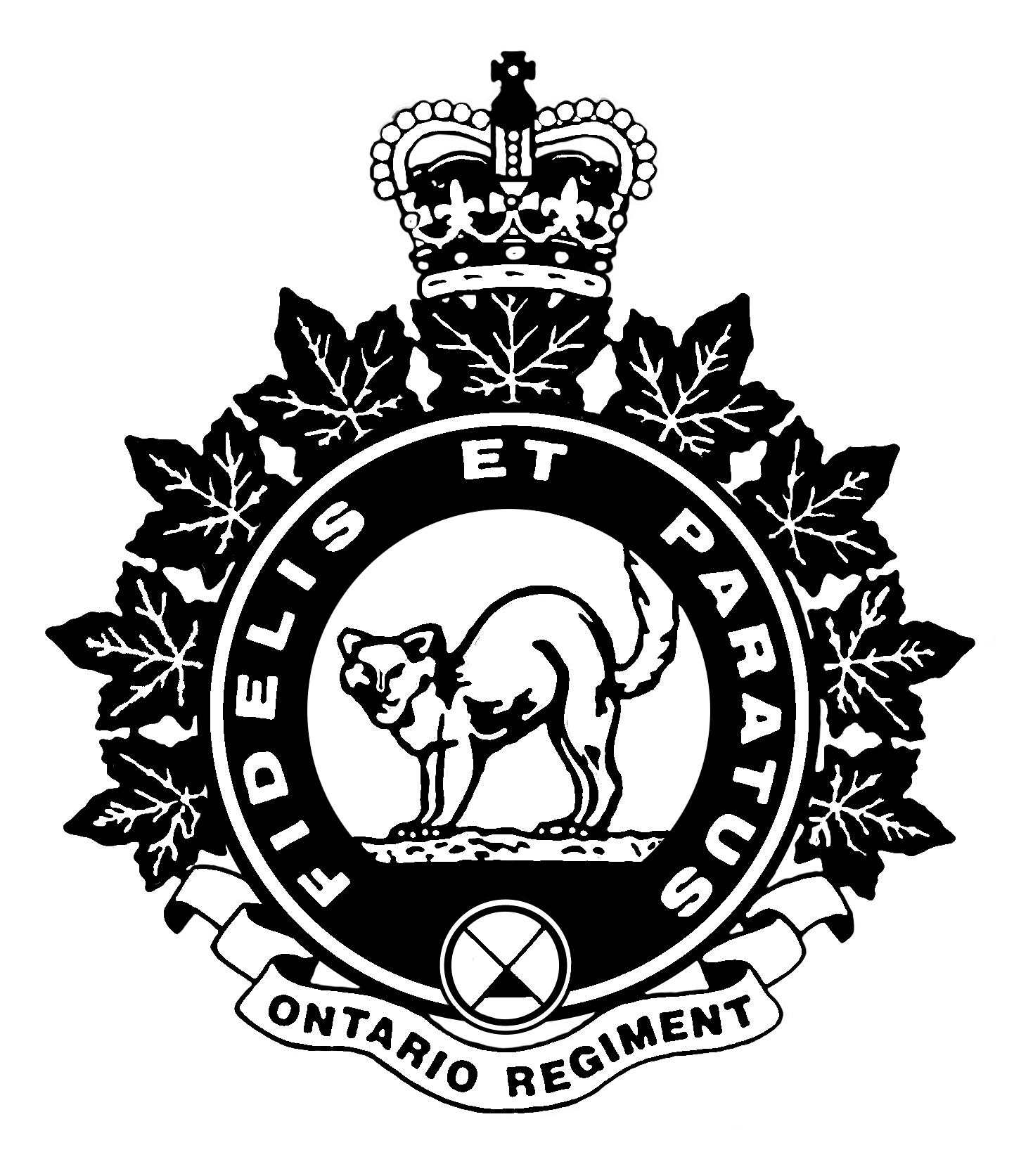Operation Goldflake was the code name for the move of 1 Canadian Corps and 1st Canadian Armoured Brigade from Italy to northwest Europe in Feb / March 1945. It was previously covered in the March 2020 article: https://www.ontrmuseum.ca/tankmuseum/blog-post/operation-goldflake/
There are numerous good photographs from that operation. This month’s article and the March 2025 article will show some of these photographs that the original article did not include.
The original captions do not identify the regiments in each photo. Some are labeled as 1st Canadian Armoured Brigade, while others are only identified as being 1 Canadian Corps. Operational security necessitated the removal of cap badges and all identifying badges, other than rank. Therefore it is not possible to identify if the photos are Ontario Regiment or not. The photos do represent the experience of the Ontario Regiment.
As this was a massive undertaking, detailed orders were drawn up and distributed to all units involved in the move. These orders covered mundane items like issuing of blankets and everything up to the complexities of vehicle preparation and the order of loading the ships.
The convoy consisted of two types of ships: Landing Ship, Tank (LST) and Motor Transport (MT) ships. MT ships were American Liberty ships converted to carry a maximum number of vehicles. As the name suggests, an LST was purpose-built to carry tanks and other vehicles.
The vessels used by 1st Canadian Armoured Brigade were as follows:
ASN 86 / LST 602
ASN 89 / LST 907
ASN 90 / LST unknown
ASN 91 / LST 77
ASN 92 / LST 74
ASN 93 / LST 173
ASN 94 / LST 263
ASN 95 / LST unknown
ASN 96 / LST unknown
ASN 97 / LST unknown
ASN 98 / LST unknown
ASN 99 / LST unknown
ASN 100 / LST unknown
Some of the vessels listed above may be MT ships and not LSTs; the war diary is not clear. The LST # was a permanent designation assigned by the United States Navy and was painted prominently on the hull toward the front of the ship. ASN was the Army Serial Number, which appears to be a parallel numbering system, probably temporary. Each unit’s vehicles were intermixed and spread among all the ships. Each of these LSTs was originally built for the United States Navy. Some were transferred to the Royal Navy during the war, including LST 77 and LST 173.
The Ontarios arrived at Harrod’s Camp, north of Liverno on 28 February 1945. This was the camp used by all Canadian soldiers to assemble and wait for their time to board the ships. The first convoy sailed on 5 March, bound for Marseille, France.
Rod Henderson
Rod Henderson is the Regimental Historian of the Ontario Regiment. He served as a Sergeant in the Regiment and is the author of “Fidelis Et Paratus: A History of The Ontario Regiment (RCAC), 1866-2016”.

Alexander M. Stirton/Canada. Dept. of National Defence/Library and Archives Canada/ PA-173431

Alexander M. Stirton/Canada. Dept. of National Defence/Library and Archives Canada/ PA-173434

Alexander M. Stirton/Canada. Dept. of National Defence/Library and Archives Canada/ PA-173433

Alexander M. Stirton/Canada. Dept. of National Defence/Library and Archives Canada/ PA-173436

Alexander M. Stirton/Canada. Dept. of National Defence/Library and Archives Canada

Alexander M. Stirton/Canada. Dept. of National Defence/Library and Archives Canada

Alexander M. Stirton/Canada. Dept. of National Defence/Library and Archives Canada

Alexander M. Stirton/Canada. Dept. of National Defence/Library and Archives Canada



